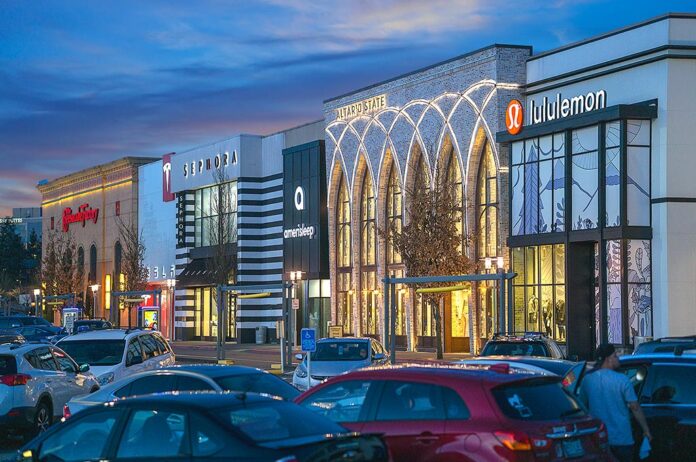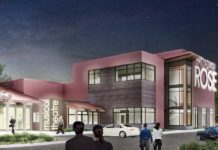The Washington Square Regional Center plan was enacted by the Tigard City Council in 2000 with an eye toward revitalizing a wide swath of land surrounding the Washington Square Mall.
Two decades later, much of the vision behind that original document still has not been realized, largely because of the need for hundreds of millions of dollars in infrastructure improvements. So, the City of Tigard is taking another whack at the idea with a wide-ranging planning exercise to bring about an updated concept plan for not just the 50-year-old mall, but over 800 acres of property that encompass parts of Beaverton and unincorporated Washington County, as well.
“A plan was put in place for this area about 20 years ago, and it’s really time for us to revisit that plan with the goal of facilitating more housing, transportation and business options,” Tigard Senior Planner Susan Shanks told City Councilors at their Jan. 26 meeting.
Work on the updated plan began a year ago and is expected to continue throughout 2021. Community engagement with residents living in the study area has shown a marked preference for adding new housing, safer biking and pedestrian amenities, as well as more shopping and transit options.
“What we’re seeing,” Shanks said, “is where there’s demand for new construction, there is strong demand for housing of all types.”

There is less demand for new office construction or light industrial facilities, which is not surprising in light of the COVID-19 pandemic.
Initial planning efforts for the Regional Center plan called for dense, multi-story mixed-use redevelopment in line with what is now seen in Portland’s Pearl District. Building height limits in commercially zoned areas around Washington Square allow for buildings up to 200 feet in height. But this is unlikely to be how things happen going forward.
“Right now, the zoning assumes, and in some cases demands, very vertical and very mixed use everywhere,” Shanks said. “We’re finding that is not really supported by the market and not always supported by the business community. There’s no one big move or one overarching theme. We want to focus on achievable development that is market driven and community driven.”
There are three sub-areas within the wider regional planning area: Metzger, The Mall and Nimbus/Cascade.
Metzger is roughly defined as the area between SW Hall Blvd, Greenburg Rd. and north of Hwy. 217. It is mostly residential with the exception of a sizable commercial presence along Greenburg Road itself.
The Mall is self-explanatory and covers the existing Washington Square Mall, while Nimbus/Cascade takes its name from the two streets that serve this area to the south and west of the Mall.
In Metzger, people want more affordable and family housing options, greenspace and business diversity, Shanks said.
Meanwhile, The Mall itself covers 105 acres and probably holds the most potential for redevelopment.
“This is where we think we can expect to see the most transformation in the whole regional center,” Shanks said. “And the mall knows that as well.”
The former Sears store, which closed in 2018, is likely to be the first part of the sprawling complex to undergo significant change, and could even be turned into housing, Shanks said. Master planning for the northern part of the complex, which contains the J.C. Penney store, is also underway. But this could be hampered by an unpredictable market and the need for significant infrastructure improvements – exactly the issues that faced planners 20 years earlier.
In addition, talks are underway with TriMet on the possibility of redeveloping the existing Mall transit center served by busses, as well as potentially adding new stops nearby.
“We’re moving away from a vision of this vertical mixed-use development everywhere and really focusing on that happening on the mall property,” Shanks said.
Councilor Liz Newton noted that she worked for the City when the original Regional Plan was created.
“To be looking at something that really reflects the opportunity to take what works for people there and make it better I think is a better approach,” she said.






















